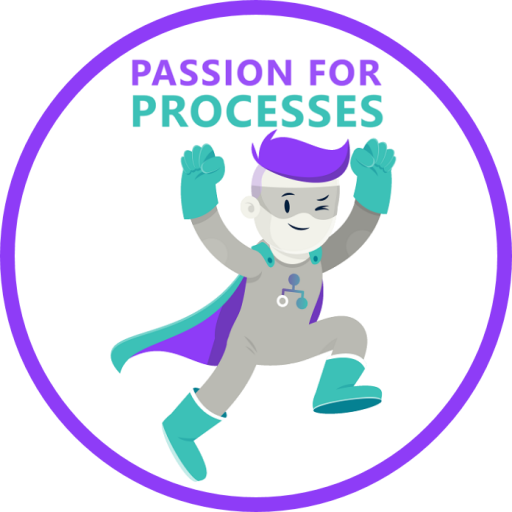
In this article I will explain the export feature of ARIS MashZone which helps you to create backups of your MashApps and data feeds. As you might already know ARIS MashZone does not create copies of the data visualized but stores the information about where to get and how to present it. All this metadata resides inside the MashZone server’s embedded database. To create a backup we are going to utilize the export feature which is available at the Administration panel.
Due to some improvements that had been added the screenshot might slightly differ from your version of MashZone.
Like in the Home view of ARIS MashZone the import/export panel lists each MashApp and data feed your server currently knows about. Select the MashApp you want to backup in the left list. As you select one MashApp a button becomes clickable. It reads export and when activated it will write the currently selected MashApp to a file on your hard disk.
That all you need! The file that has been created contains everything you need when restoring the MashApp. It even contains all the data feeds your MashApp depends on. MashApp and any referenced data feed are within one file named M_MashAppName_RevisionNo_Date-Time.mzp. The file is located in a subdirectory of your MashZone installation named importexport. If installed using default values it is at C:\Program Files\ARIS MashZone\importexport\. Feel free to move or copy the files from the importexport folder.
Although the MZP-files contains the MashApp and each feed required it does not contain any data read by your data sources. E.g. if your MashApp presented data from an Excel sheet stored in the MashZone resources directory the Excel is not included in the backup. If you think this is wired imagine your data source reads RSS feeds from the Internet – should a copy of these be included in backup?
Now you know how to convert a MashApp and its data feeds into a file. You may even do this with one data feed only: Just select the appropriate feed from the right list and select the export button associated with feeds. As data feeds might also depend on other feeds, again your export will contain all the data necessary. The export file for feeds is prefixed by F instead of M.
When it comes to restore a MashApp just make sure that the MZP-files are stored in the importexport directory of the new ARIS MashZone installation. This time use the button that reads Import… It opens a file selection dialog that lists the contents of your MZP folder. Select the MashApp to restore and viola – your MashApp is available again.
Indeed, whenever a MashApp is edited, the Edition info is saved in the MashApp. So when you start working with a MashApp using Professional Edition you cannot import this MZP file in a Free Edition installation.
However, you could request a license key split. If you had one 10 user Professional license key you could split this into two keys with five users each. Such two keys enable you to run a test and production environment.


.jpg)






